By Agha Iqrar Haroon
Reza Deghati is a world-famous photojournalist whose life is documented by several international media platforms, including National Geographic, which made a documentary about his life and work.
I had an opportunity to interact with him during my participation in the Second Shusha Global Media Forum. He was introduced to me by no one other than the President of Azerbaijan when we discussed issues such as false narrative, the liberation of Karabagh, etc. President said Reza is a witness to historical events of this country.

A known philanthropist, conflict area photographer, war journalist, and idealist, Reza Deghati knows how to use visual grammar to express pain, agonies, and brutal realities of conflict zones. He had been covering international political and humanitarian crises almost worldwide, including Pakistan and Afghanistan. He has worked all over the world during the last four decades, and his assignments have taken him to over a hundred countries as a witness to conflicts and catastrophes. His work is featured in the international media (National Geographic, Time Magazine, Stern, Newsweek, El País, Paris Match), as well as a series of books, exhibitions and documentaries. He is also a teacher and continues to conduct workshops on the language of images and works with refugees, urban youths in Europe, and different megacities worldwide.
His life story is itself a one-liner for any future documentary. Imprisoned and tortured – and eventually exiled from his native Iran, Reza’s experiences have only strengthened his resolve to promote freedom of speech and justice. The National Geographic documentary released in 2002 titled “Reza: Shooting Back” shares the depth of his courage and the powerful stories he brought to international arenas from conflict zones like Afghanistan to the villages of Rwanda. In 2009, he was awarded the Honorary Degree of “Doctor Honoris Causa” from the American University of Paris for his achievements in journalism and humanitarian work.

Question: Dear Reza Deghati, thank you for your exclusive interview for the Dispatch News Desk news agency. As far as I know, your work is spread over a hundred and more countries and several conflict zones. I would focus only on your work in Pakistan and Afghanistan. You mention that you had an opportunity to travel with the former deceased Prime Minister of Pakistan, Benazir Bhutto. What was your experience covering her political events, and what is your opinion about her as a politician and human, as you have traveled a lot with her?
Answer: In the 80s, I was a Time magazine correspondent working out of Paris, covering mainly Asian and African conflicts. In the meantime, I was working on a project for Time Magazine and Life Magazine about the three critical political women of the 80s. That was Winnie Mandela, Cory Aquino, and Benazir Bhutto.
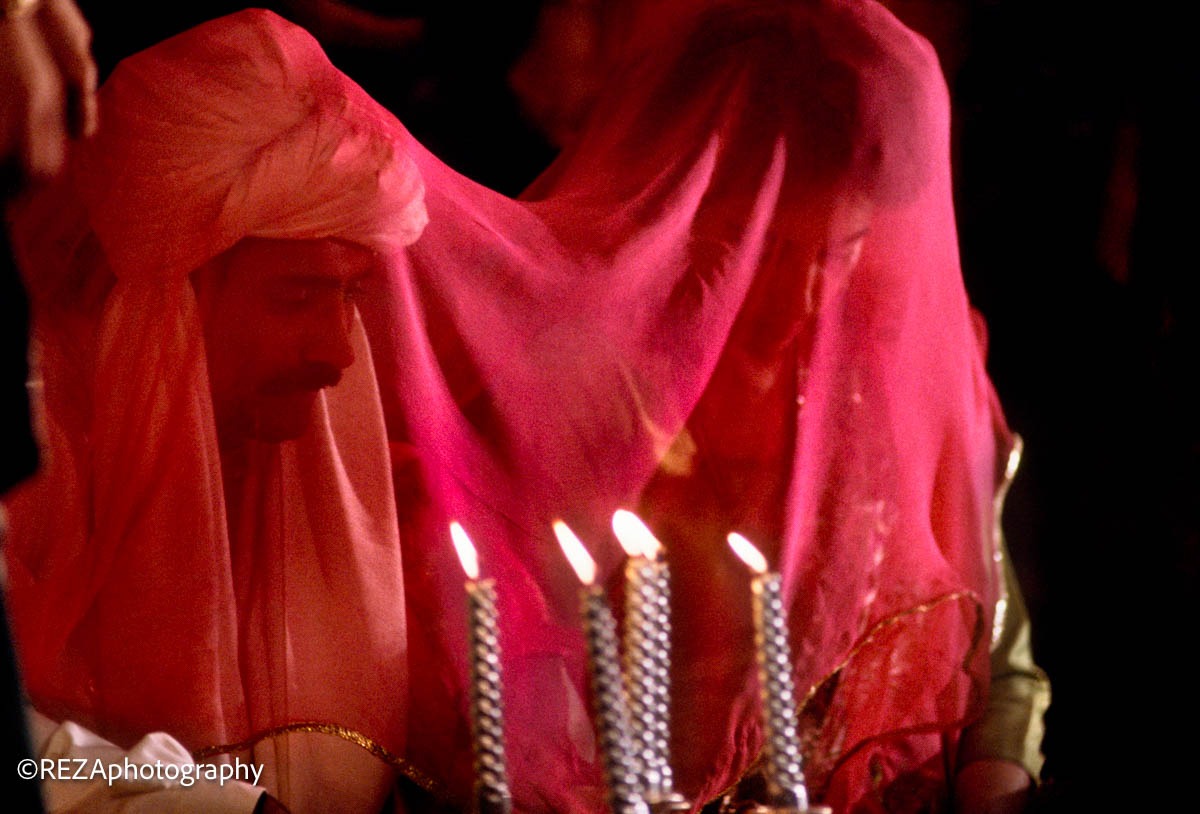
That’s how I started with Winnie Mandela, then Cory Aquino, and later Benazir Bhutto, who began her campaign against President Zia-ul-Haq in the election. I went to Pakistan and met Benazir Bhutto first in Karachi and then at her father’s home in Larkana. I met people from the PPP, introduced myself, and then they gave me a plan outlining where she would be traveling.
Initially, I was supposed to stay for one week, but as she began traveling from village to village and campaigning, we got to know each other better. I also learned more about what was happening in the region, so my one-week stay was extended to two weeks. A month, and finally, I stayed for a few months, traveling with Benazir Bhutto, covering her entire campaign. We became friends, along with everyone around her, but I always emphasized that I was a journalist with my way of working. However, to do this work effectively, I needed to be part of the family, always traveling from city to city, village to village.
That’s where I got to know a genuinely brilliant young woman at the time—this was 1986—who was very knowledgeable about politics. She understood what had happened and why, both to her father and her brother. We discussed these matters extensively. She had grand plans for when she would become Prime Minister and politician, particularly regarding how she would care for women’s lives and the rights of different religious or ethnic minorities. She was very open-minded about how she would run the country if she became Prime Minister.
Our discussions often turned to my experiences meeting Ahmad Shah Massoud before her and other leaders worldwide as I covered various stories. This intellectual connection and shared way of thinking about the world brought us closer.
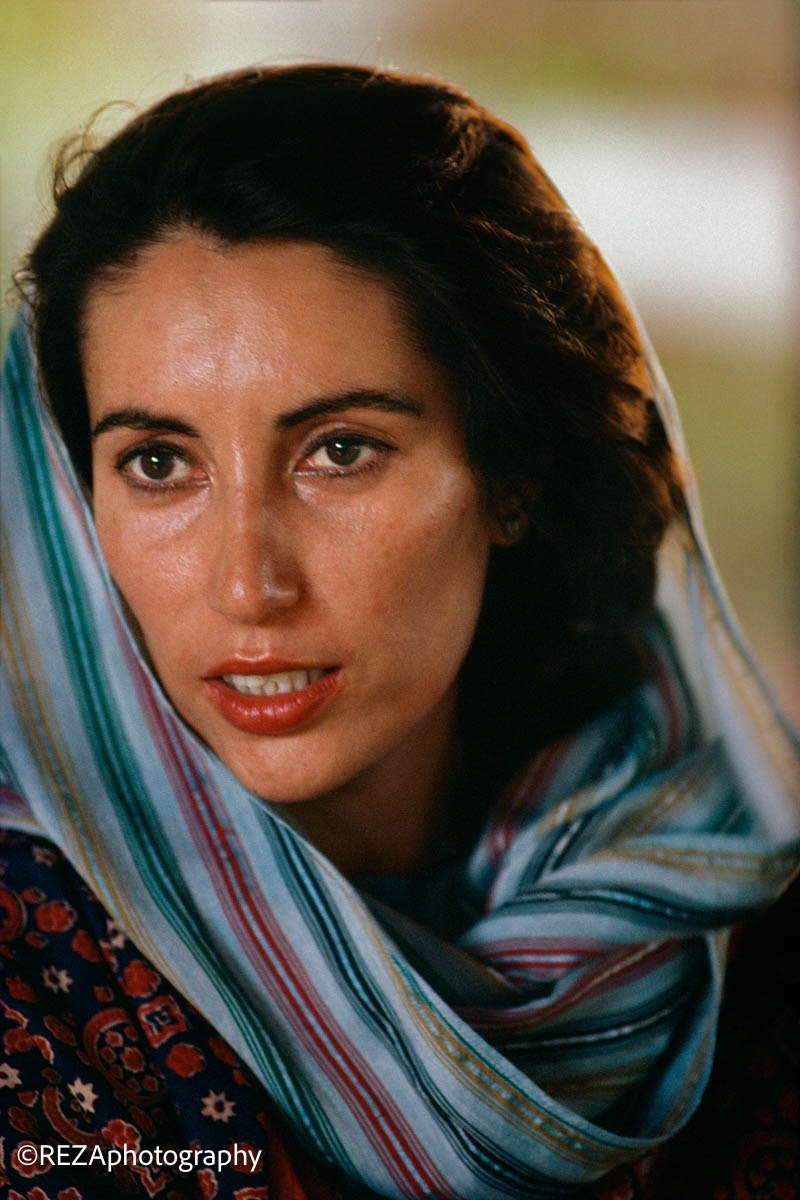
I vividly remember being with her on election day when she voted. Afterward, all the families and people gathered in Larkana, listening to the radio and TV. The joy was overwhelming when they finally announced that she was the winner. I’ll never forget that evening at Larkana House. I particularly recall that amid all the joy, when everyone was celebrating, she sat down, looked at me, and asked, “What do you think?” I congratulated her and told her it was fantastic, but I also wanted to share my experience. I had come to know her well over the past months and had also known many other political figures. Power is like a virus. When you acquire it, you must be highly experienced and influential to prevent this virus from destroying you. She looked at me and said, “What do you mean?” I replied, “Well, that’s exactly what I’ve observed in my experience with other countries and leaders, so please be aware of it.” Then I left for Paris. The pictures were published worldwide. As a photographer, I published more pictures of Benazir Bhutto in Paris Match, Time magazine, and all combined. Later, I received a message from her that she would get married and would like to invite me to her wedding, which I attended. That’s how I met Mr. Asif Zardari, and I was privileged and honored to photograph the wedding party, including being inside her home and capturing the entire wedding ceremony. I also met Mrs. Nusrat Bhutto, Benazir Bhutto’s mother, who was originally Iranian, and her sister Sanam, her cousins, and other family members who came for the wedding. My photographs of her wedding have been published in many magazines, including Life Magazine. Later, during the second election in 1988, I covered and photographed it for the same publications. We stayed in touch, mainly through friends or by phone.
Benazir Bhutto played a significant role in the history of Pakistan and the region as the first female Prime Minister
In 1990, when I became a United Nations consultant for Afghanistan and was traveling to Pakistan, I met her again. We discussed Afghanistan. This was the last time I met Benazir Bhutto, and I still believe that she played a significant role in the history of Pakistan and the region as the first female Prime Minister. She had excellent intentions. I remember talking to her in the 1980s when she came out of London to start her campaign. Later, all these political stories unfolded, and they became different stories.
Q: You covered the atrocities of the Afghan-Taliban during the first ten years. Can you tell us what they were doing with the public, particularly the women of society?
A: My story with Afghanistan began much earlier. It was in 1983 when I went during the Soviet invasion of Afghanistan. At that time, it was called the Soviet Union, and they were Russians fighting the Mujahideen. I started covering the Afghan war for Time magazine, Paris Match, and many other publications by traveling from Pakistan to Peshawar, disguising, dressing like an Afghan, and then going on foot into the mountains. This was in 1983, and by 1985, I reached Panjshir. In 1985, I did the first significant photo story about Ahmad Shah Massoud, which was later published worldwide. Then, I returned in 1986 to do a story about the Stinger missiles given to the Afghans, and I continued working in Afghanistan, making over 50 trips from 1983 onwards.
I know, the Taliban represents the darkest power in the region’s history
When the Taliban first took over, journalists couldn’t enter. So, I was in the mountains with Massoud’s people and other Mujahideen who were fighting the Taliban. I witnessed all the refugees fleeing from Taliban-controlled areas in November and December of 2000, during which I also made a documentary for the National Geographic Channel called ‘Into the Forbidden Zone’. It won an Emmy Award and was the only existing documentary about the Taliban, Al-Qaeda, Afghanistan, and Ahmad Shah Massoud when the tragedy of 9/11 occurred. My documentary went viral because it was the last one featuring Ahmad Shah Massoud.
From what I know, the Taliban represents the darkest power in the region’s history. It was evident that they were already very dark-minded, engaging in actions that were neither religious nor humane, particularly concerning women. I also discussed what I saw and heard in Afghanistan with my writer friend Ahmad Rashid, who is knowledgeable about the Taliban. While covering a story about Pakistan in Waziristan, I met many of them, learning about the atrocities they were planning. For me, this represents the darkest point in history. Unfortunately, they didn’t emerge out of nowhere; they were supported and are still supported by other forces, which are also the dark forces of humanity.
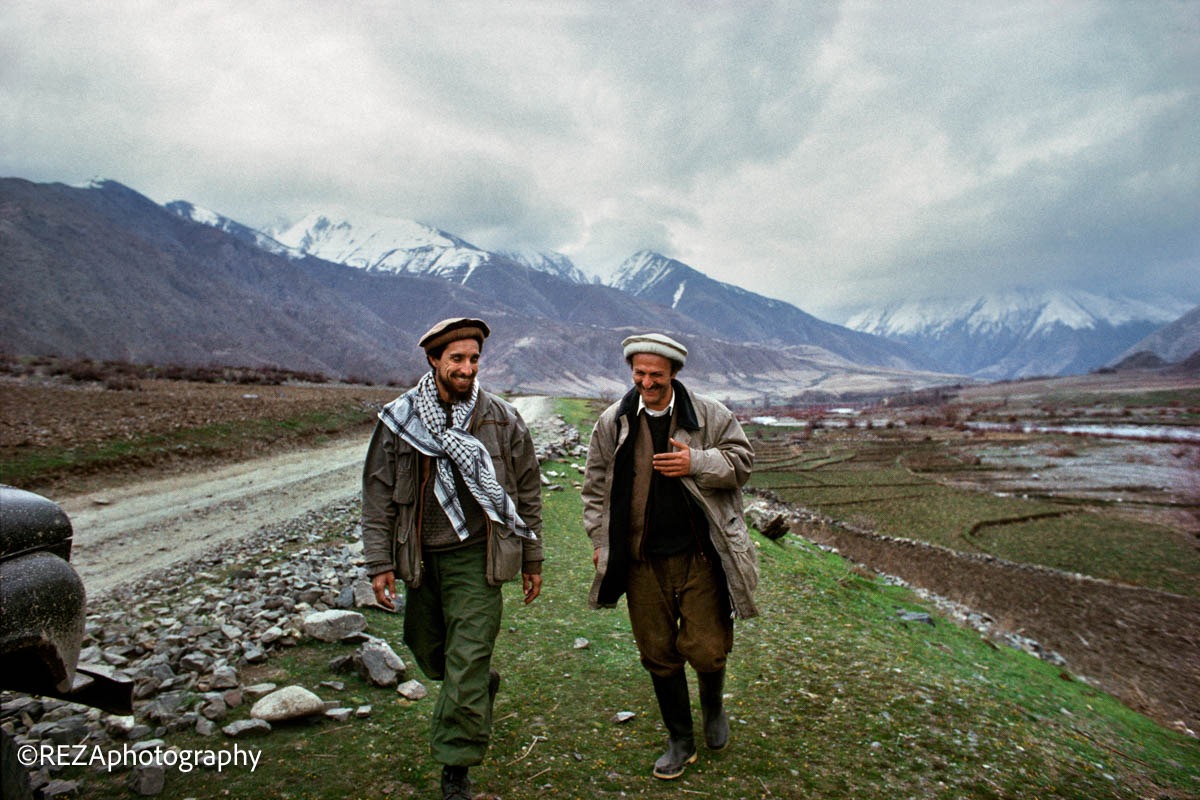
To counter the Taliban’s atrocities and their actions against humanity, especially against women, I started an NGO, my foundation called AINA World. I founded an independent media and cultural center in Kabul in 2001, and it will be operating until 2019. It helped educate and train more than a thousand Afghan women in media, and we started a radio station called Afghan Women Voices, created the first magazine for women called Malalai, and a children’s magazine called Parwaz. We helped those women and men and we trained to launch their newspapers, TV stations, and radio stations. Over more than 20 years, my NGO helped shape modern Afghan media. The result is now seen in the women demonstrating against the Taliban. Twenty years ago, it was unimaginable that Afghan women would be so outspoken and intelligent. Still, they have shown incredible courage by taking to the streets and making their voices heard.
Q: The National Geographic documentary indicated that you invited the late Ahmad Shah Massoud to Paris, where he held a historic press conference, and he was killed in a suicide bombing when he returned to Afghanistan. What do you think were the undercurrents behind his killing?
United Nations, in the year 2000, stopped providing any help to Massoud
A: Ahmad Shah Massoud, in the 2000s, after the Taliban took over in 1996, opposed the Taliban because they had promised to facilitate the construction of a pipeline from Turkmenistan, carrying oil from Kazakhstan through Afghanistan to Pakistan and ultimately to the Oman Sea. This was the deal that led to the Taliban being supported. Massoud always said that the Taliban did not have the legitimacy to make deals in the name of Afghanistan; only the Afghan people had that legitimacy, and he did not have it either. So, he kept fighting, even though the world had forgotten him. Even the United Nations, in the year 2000, stopped providing any help to Massoud. At that time, Massoud controlled only a small part of Afghanistan, like Panjshir and some areas in the north, but he had to care for more than 35,000 people who had fled the Taliban and come under his protection. He had to provide them with food and other necessities, which they lacked because the United Nations had ceased to help him.
In April 2001, Massoud warned, “If Mr. Bush and his European allies do not try to make peace in Afghanistan, they will be hit on their soil.”

This was when we were working on the National Geographic documentary, spending over a month with him in the region. One of the main reasons I invited Massoud to Paris was to explain to the world what was happening. Many other people also helped Ahmad Shah Massoud come to Paris. However, it was strange that the French President, Jacques Chirac, the prime minister, and other officials did not want to meet him. Only Madame Nicole Fontaine, the head of the European Parliament, and Christophe Poncelet, the president of the French Senate, agreed to meet with Massoud. These were the two highest-ranking officials who met him. Massoud held a press conference where he addressed more than 200 journalists, saying exactly this: “I have a message for Mr. Bush.”
This was in April 2001; he was killed in September 2001, so many months later. In April 2001, Massoud warned, “If Mr. Bush and his European allies do not try to make peace in Afghanistan, they will be hit on their soil.”
This was his first message. The second message, delivered during an interview in his hotel room with several media outlets, was, “From here in Paris, with one phone call to Afghanistan, I could tell you where Osama bin Laden is and what he had for breakfast.” Then he laughed and said, “I have all this information, but the Western countries don’t care about it. They don’t want it. I am afraid they are keeping him alive for a bigger plan that they are preparing.”
He then returned to Afghanistan, and the assassination occurred on September 9th. Although the assassins had arrived more than a month earlier, they didn’t have the opportunity to meet Massoud until then. The plan was likely to kill Massoud sometime in August and then deal with his forces before carrying out the events of September 11th. That was probably the plan, but it didn’t unfold strictly as intended. There has been extensive research and investigation into where the assassins came from, who they were, and what they did, and it’s a very long story. I’m sure that one day, everything will become clearer regarding who was behind the assssination of Ahmad Shah Massoud. Some people know about it.
I was the only journalist on the same tank that entered Kabul with Massoud in April 1992
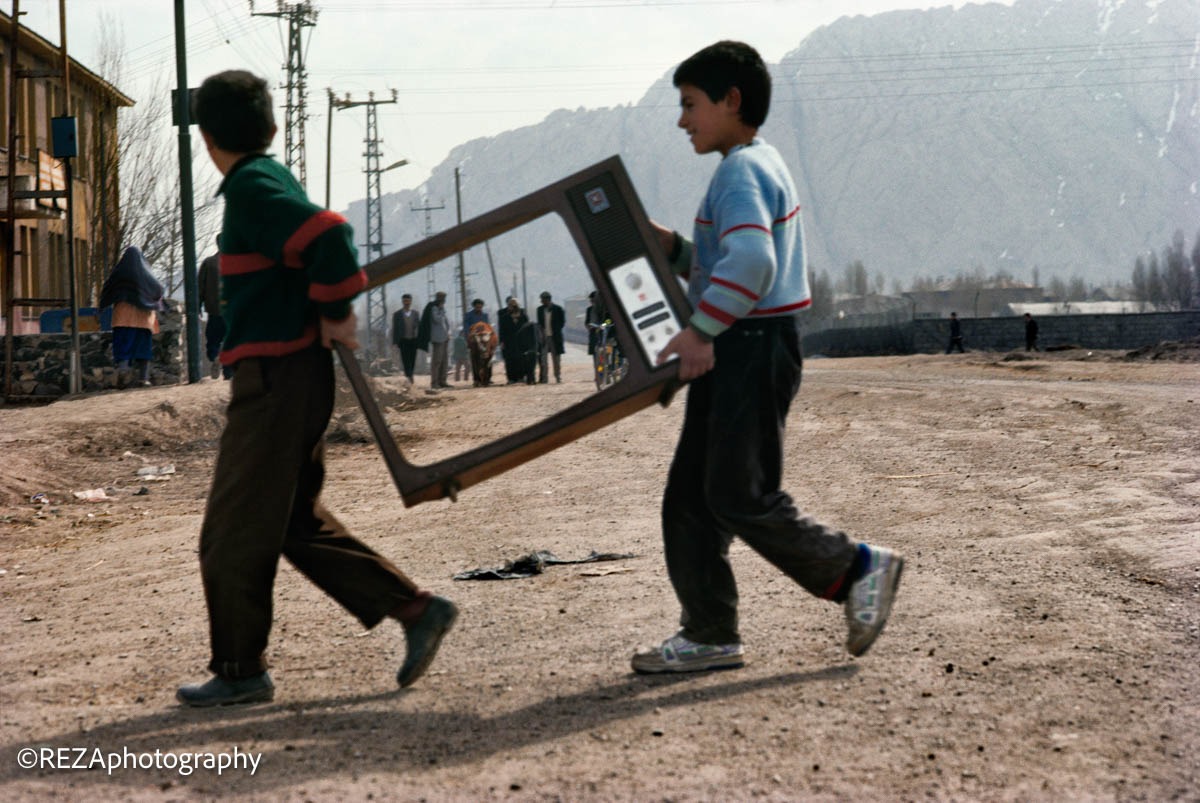
Q: You also covered Afghanistan after the death of Ahmad Shah Massoud, when regimes backed by allied forces ruled Kabul. What is your opinion on the treatment of the Afghan people by these allied forces? Additionally, what caused the ISAF forces to become unpopular among Afghan citizens, who initially welcomed them as their saviors?
A: One of the major problems in Afghanistan occurred after 1992, when Massoud and other Mujahedeen, after fighting the Russians, finally achieved victory, and the Russians left, allowing them to take power. I know this because I was with Massoud during those days; I was the only journalist on the same tank that entered Kabul with Massoud in April 1992. Massoud wanted to create a free, independent, and democratic country. Unfortunately, even though the Russians had left, they were alive, and the people were still there.
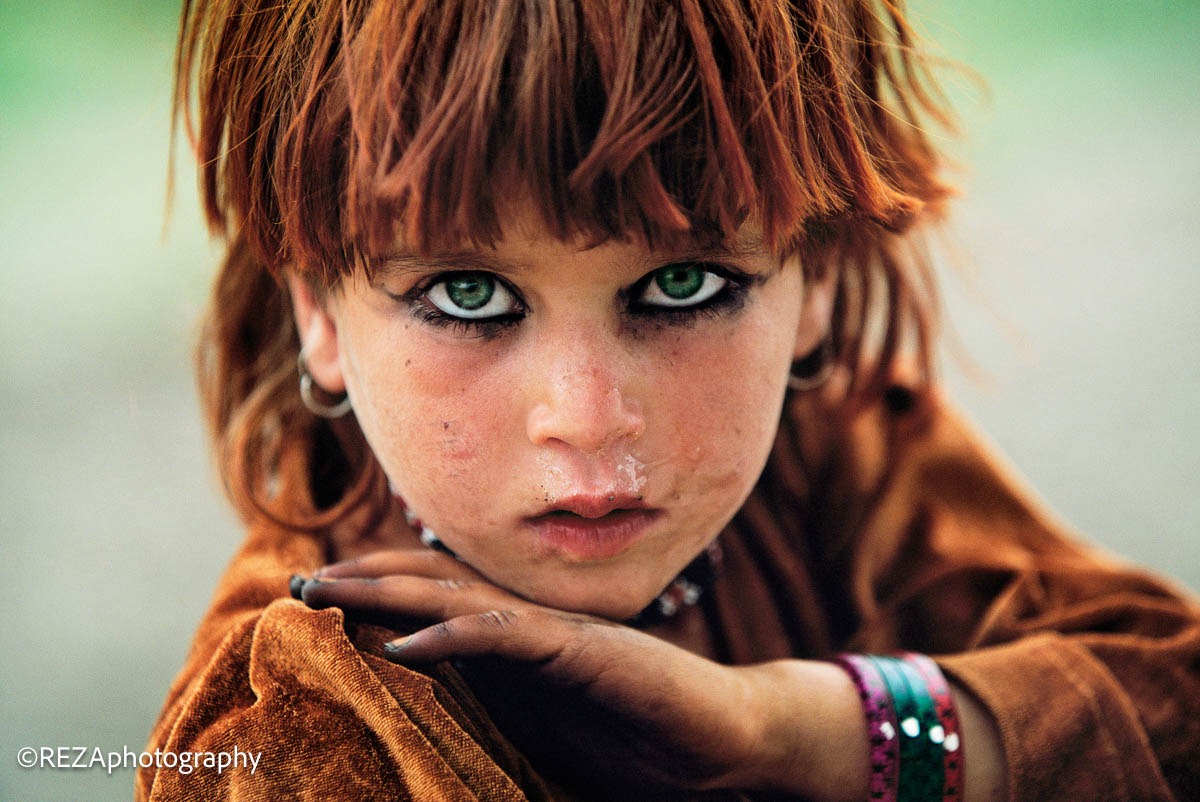
The major problem during those years arose when ISAF arrived, and the UN began establishing a new, democratic government. Based on my experience in many other countries, when foreign military forces enter a country, followed by the UN these two elements—mainly the military and the UN—often bring significant corruption or malfunctioning. This is precisely what happened in Afghanistan during those years. In 2001, I started my NGO, AINA World, with the primary goal of training Afghans, especially women and men in media, as my NGO was the only journalism faculty at that time. We taught all aspects of journalism, including video, photography, and filmmaking, and helped launch Kabul Weekly, the first newspaper published after the fall of the Taliban in 2001. We also launched Malalai, the first magazine for Afghan women, and Parvaz, a magazine for children. Through my NGO, I helped establish eight newspapers and magazines, the first in Afghanistan during those years, and created a radio station called Afghan Women Voices. I also founded an independent cultural center. But then, because I spent a lot of time in Afghanistan and understood how the country functions, I realized that the main problem would be the foreign companies. Each one had a share of the ‘cake’ in rebuilding Afghanistan. They built things like bridges at hundreds of times the cost that local people could have done it for, leading to corruption. One of the major issues was that they were not using local labor. So, you had people coming out of the war in 2001, 2002, and 2003, sitting in their villages with no employment, watching foreigners come in with bulldozers and tractors, building roads, and bringing in foreign workers.
So that’s how I saw the Taliban regaining power by recruiting those unemployed young people who were sitting there watching the foreign workers and eventually began asking them to sabotage the equipment.
This was the beginning of the whole situation, little by little. However, this corruption led to another problem in Afghanistan during those years. The Karzai government, backed by most of the Pashtun tribes, convinced the U.S. military that they should disarm the Mujahideen, who were mainly from Panjshir and the Northern Alliance. So, they started a large disarmament project, disarming people in the north but fewer in the south. Numerous reports were saying that even in some cases when they were getting arms from the North, they were giving to the South.
So, another thing that made people unhappy, which I saw, was the operational methods of the U.S. forces. I was covering stories for National Geographic, so I often followed U.S. forces and observed their actions, particularly towards women and in sacred places, like entering all the mosques with shoes and throwing out everything. They would enter houses at night when people were sleeping and get out the men while sleeping.
So these cultural offenses made people unhappy, and this was the reason that gave enough material to the Taliban to regain again and start war little by little and fighting. On the other hand, when Ashraf Ghani took over, he had only one mandate: to give power to Pashtuns, regardless of whether it was the Taliban or anyone else. Ashraf Ghani, along with Zalmay Khalilzad, whom I know very well, were two significant figures—along with Karzai, who was and still is aligned with them—in the effort to bring the Pashtuns back to power and return Afghanistan to Pashtun control. Ashraf Ghani and Zalmay Khalilzad convinced U.S. politicians and the U.S. military that the best that they could do was give the military power to the Taliban and bring the Taliban back to power. That was the main thing that Khalilzad and Ashraf Ghani did in those years.
Q: What message do you wish to bring to people when you are working in any conflict zone? Is there any unforgettable experience you want to share with our readers from the lands of agony?
A: Well, the message I bring back to people is through my photographs. I always wanted to make sure that my photograph would speak for itself and tell the story of the people.
Looking for the truth is not always welcome in many places and countries. Primarily, a writer could have his pen in his pocket and go around and ask people and talk to the people and get his information and write it back, but as a photographer, we can’t do it; we have to show our cameras, we have to work with our materials. So, the main thing for us is how to go through all those difficulties and still bring back the truth. The word truth is essential in journalism. We have to wake up and sleep with this word and keep it constantly in our minds when we’re in the field. After nearly 44 years in conflict zones, every day, every encounter, every story becomes unforgettable. Especially for a photographer because we keep looking back at our photographs. Each picture has its own story.
One moment in a war that touched me was at the very beginning of the invasion of Afghanistan, during my first trip there. I was with a group of Mujahideen, hiding and walking through the mountains, sometimes at night, because during the day, Russian helicopters were patrolling.
At the beginning of the walk which took a couple of weeks, we had to walk through very narrow and dangerous mountain roads. We were instructed to keep a distance of two meters between us—about 15-16 of us—because if we stayed close together, we would be more visible and become easier targets. Usually, we do this by always walking within two meters of distance. Still, there were times when I would find all the Mujahideen suddenly gathering around me, talking to me, and walking with me, almost surrounding me. On these narrow mountain roads, it was dangerous not only because of the geography but also because they might attract attention from Russian helicopters or military bases. Sometimes, I would get angry and ask them why they weren’t maintaining the security distance and crowding around me. They would laugh and not answer. This happened many times. After months, when we finally returned to Peshawar, at Dean’s Hotel, the group commander came to say goodbye and talk to me. I asked him why the Mujahideen didn’t follow the security measures, recalling the times they walked closely together and chanted, which was dangerous. His answer blew my mind and became one of my unforgettable moments in Afghanistan with the Afghan people. He laughed and said, ‘You know why? Because we were walking too close to Russian military bases. We didn’t want to tell you that you were too close to the Russians because we didn’t know how you would react. Since you were our guest, we kept you surrounded so that if there were any shootings, we would be the ones getting shot, not you. It was to protect you that we did this.’ Suddenly, the whole thing changed. So that’s why it was a big lesson to me not always to judge people’s attitudes immediately. First, try to understand, then make a judgment about this. It helped me a lot when it happened in 1983.
Q: Tell our readers about your life’s struggle, your life story from childhood to now, briefly.
A: It’s an excellent question, but I’m afraid I won’t be able to tell my story just briefly. I was born in Tabriz, Iran, part of Azerbaijan in Iran. I grew up there and studied architecture. From the age of 13, I became very passionate about photography. This was almost 60 years ago, and at that time in Tabriz, there were no opportunities to learn photography. Nobody was thinking about photography; it was only done in studios for passport photos, ID cards, or weddings. But, at 13, I believed that photography was essential and would become even more so in the future. I started learning by myself, which was very challenging—imagine trying to learn photography 60 years ago in a small town in Iran. It was a painful process, but my main goal was not just a hobby; it was because I understood that photography could tell the stories of people. This was the main reason I came to photography. I was looking for a tool to tell the story of the people, nature, and beauty around me. I was very attracted to beauty, as I am now, but injustice was also one of the main concerns which is still now.
Living in exile made me feel that the whole world was my country
From the beginning, when I learned photography at the age of 13, I was looking for two main things: showing the beauty and injustice of the world. I did my first photograph during the Shah’s reign in Iran, which depicted poor people living in difficult conditions while the monarchy had very important fiestas, parties, and events. I exhibited these photographs at night on the university walls when the police were not around. Eventually, they caught me when I was 22 years old. I was a student in the Fine Arts Architecture Faculty, and I was arrested for doing this. I was tortured for five months and a total of three years in prison during the Shah’s reign. Despite this, I continued my efforts even after the Islamic Republic took over, highlighting the difference between government and religion. Then, this was again the reason the Islamic Republic turned against me, and I had to leave Iran in 1981, living in exile around the world.
But in the end, living in exile made me feel that the whole world was my country, so this was the good thing about it. I continued working for Newsweek, Time magazine, Life, and National Geographic for 25 years, but I was always independent. I’m still independent, while half of my time is going to photography, exhibitions, publishing books, giving conferences, and other complex work, and most of my income goes to my humanitarian work, which is training refugee children or people in the war zone to become a journalist. I brought them the cameras. I helped them to get the cameras to tell their stories. So, that’s the brief story you wanted.
Instagram of Reza: https://www.instagram.com/rezaphotography/
